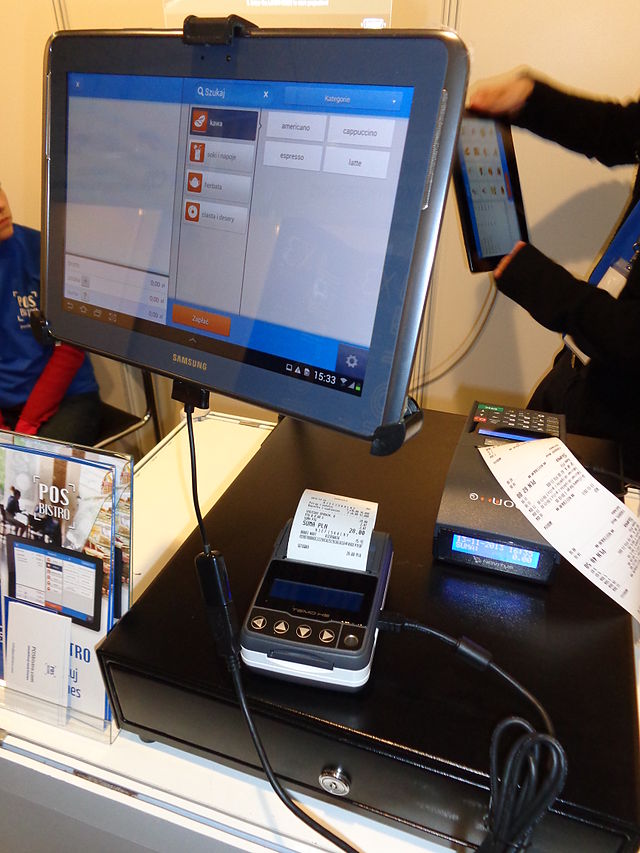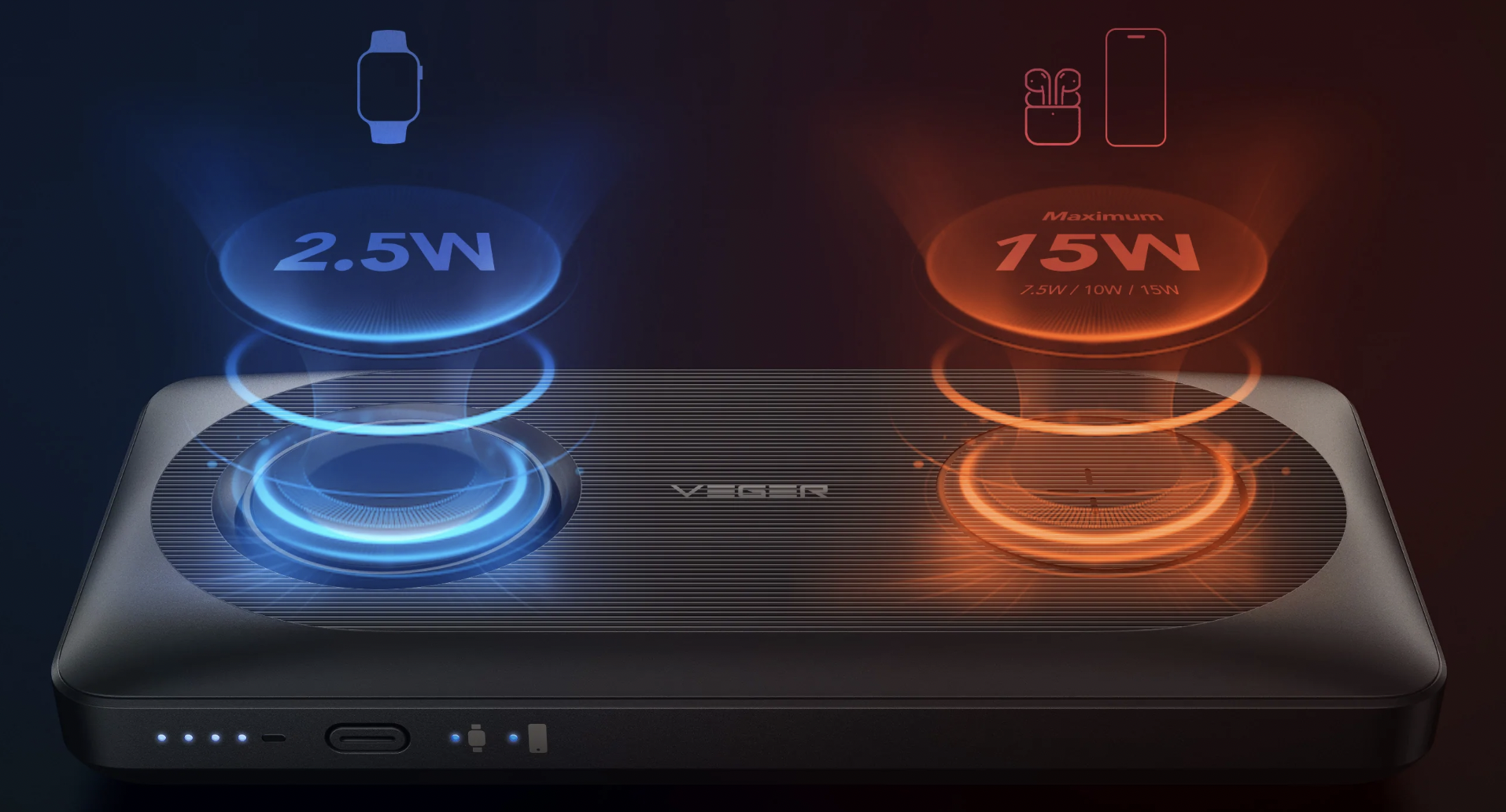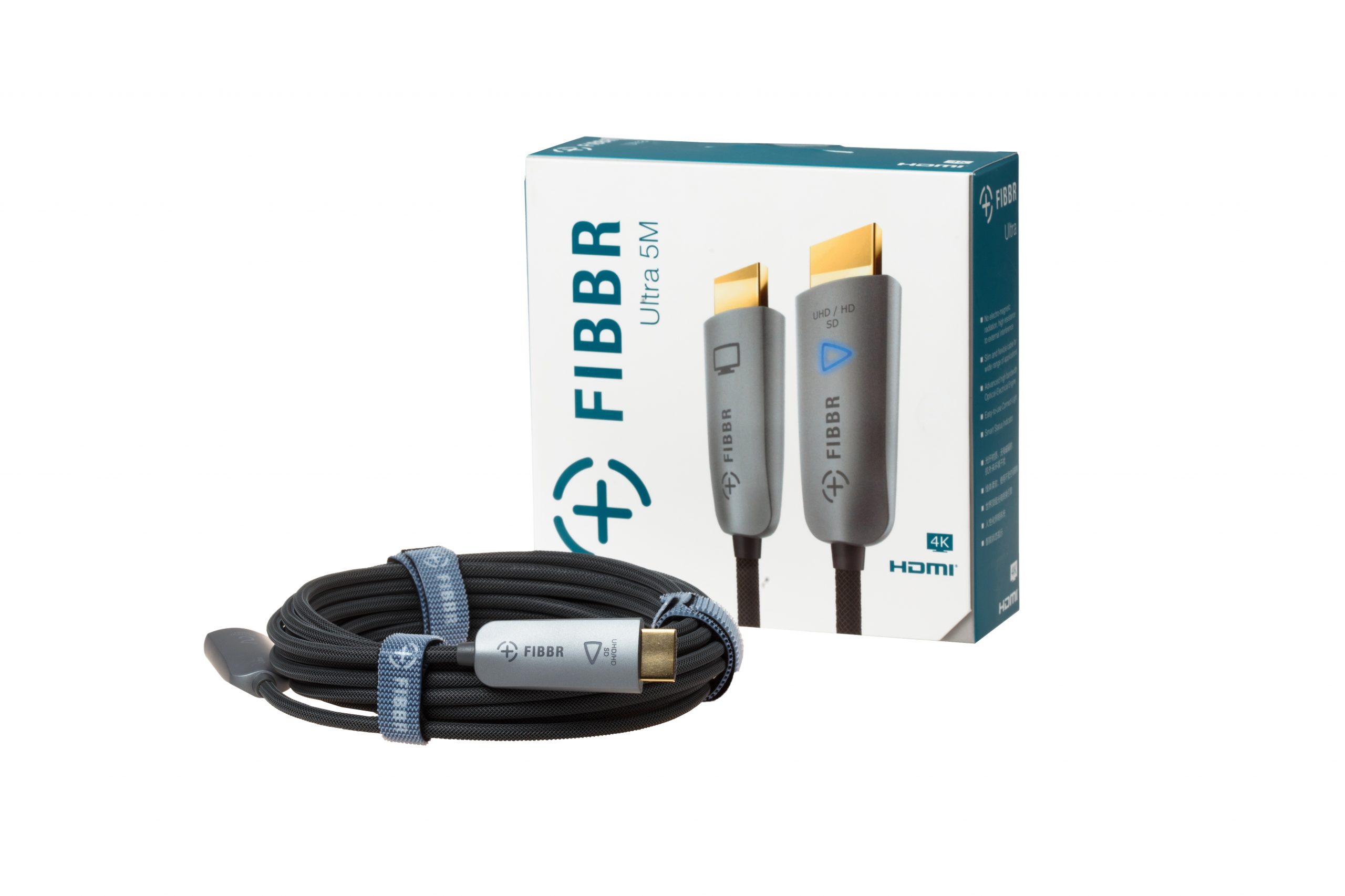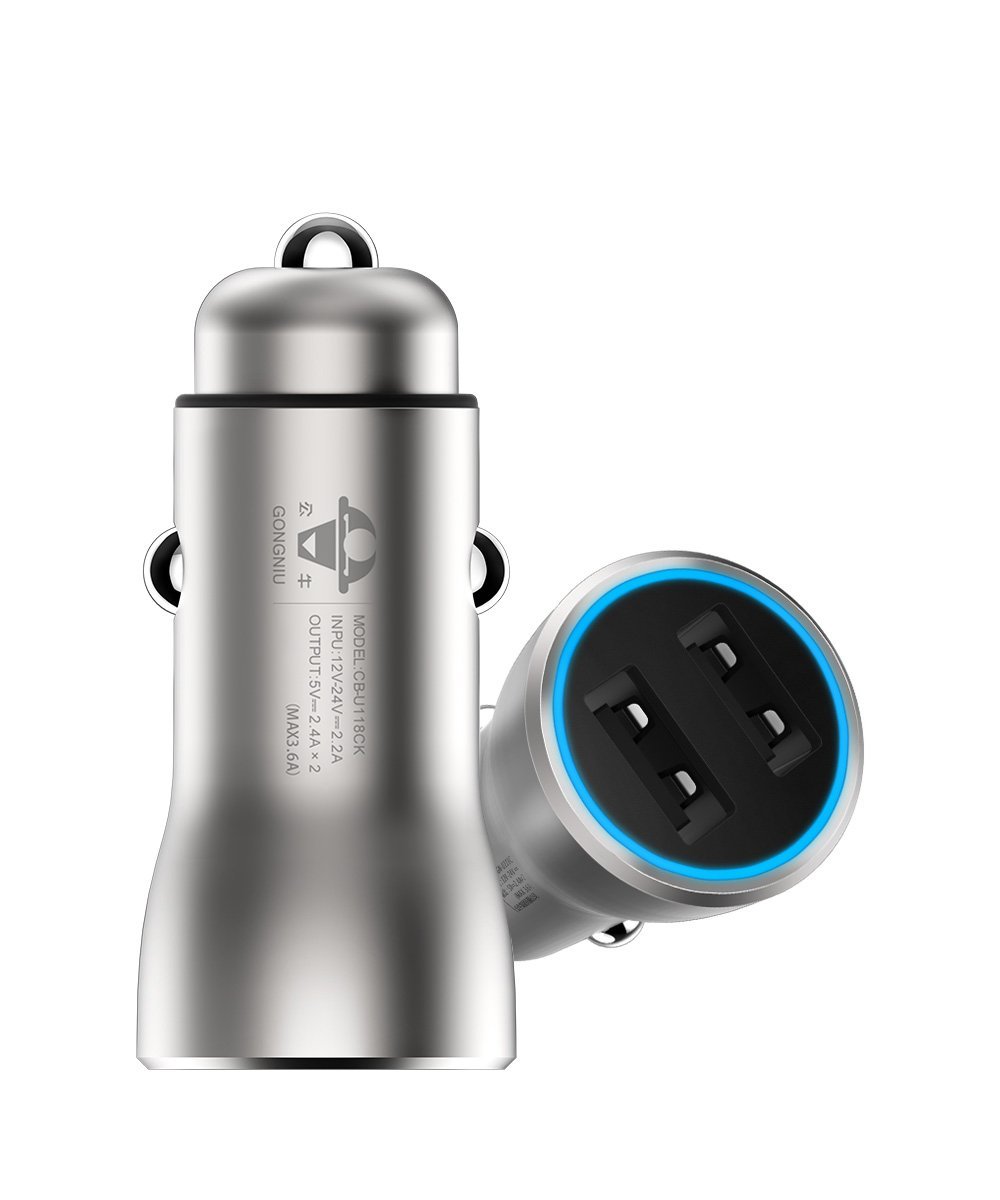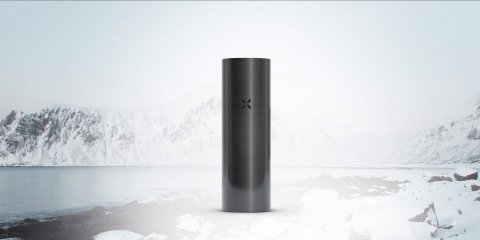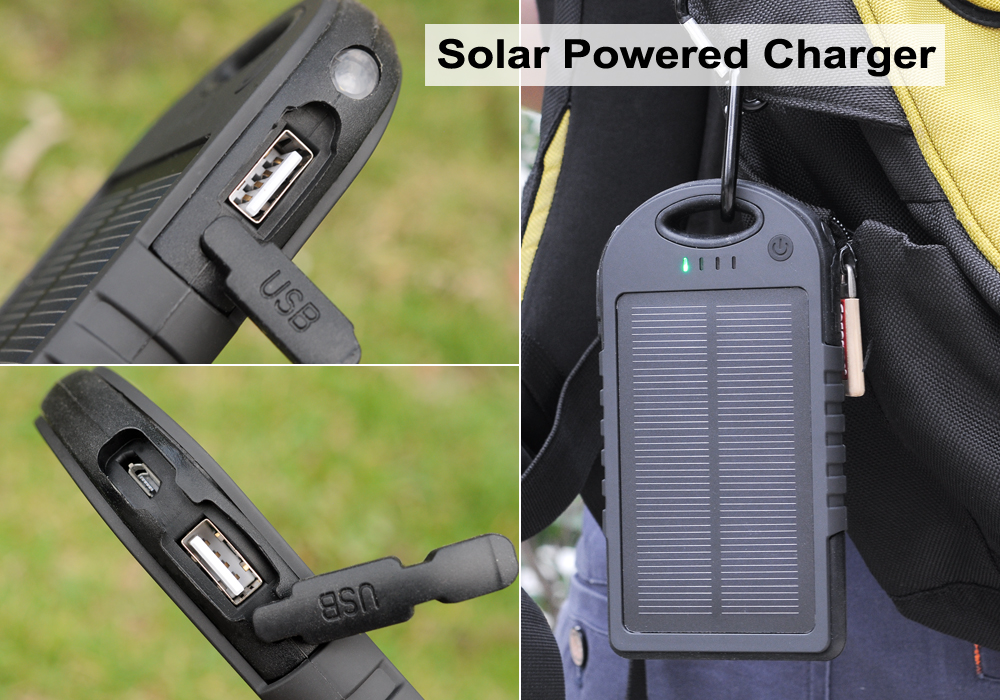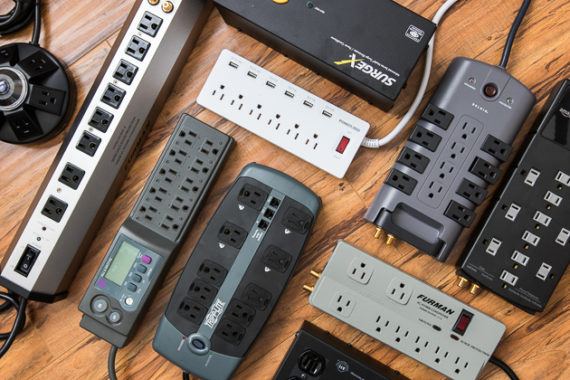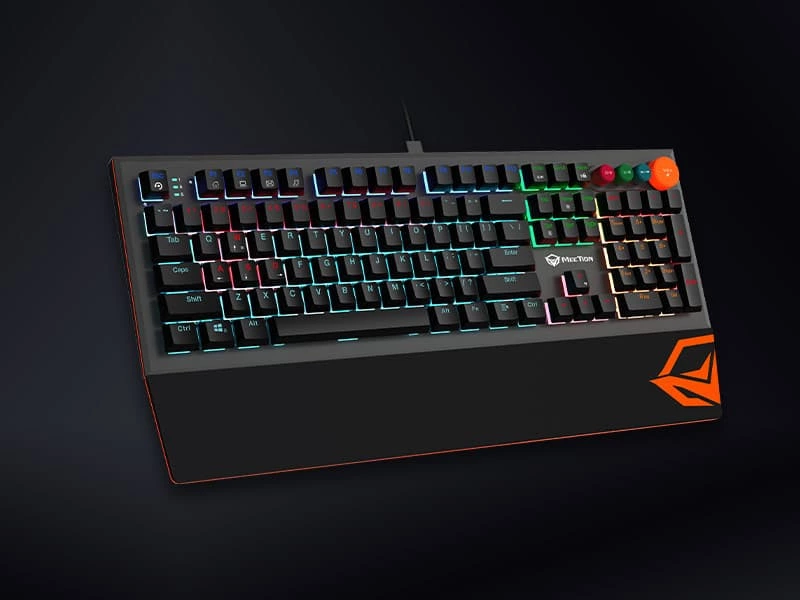Laser diodes have relatively low dynamic impedance in the linear part of its volt-ampere characteristics. Therefore, it is desirable to supply source with sufficiently high output impedance, i.e. a current source that supplies a constant current even when the load changes. If you use power from a voltage source belong in series with the LD current limiting element, for example. This element may also adjust the operating point of the laser diode. In real practice, the stabilized current source allows precise adjustment of the desired current (typically tens of mA).

Source: http://nanoplus.com/en/products/distributed-feedback-lasers/distributed-feedback-lasers-2200-nm-2600-nm/
What is important is to protect LD from the voltage in the reverse direction in excess of about 1V in both continuous and pulse mode. The LD thus is connected as antiparallel fast protection mode. During operation it is important to ensure thorough heat dissipation. Insufficient cooling can heat up LD rapidly; it changes its resistance, thereby increasing the current flow and can lead to its destruction (especially in continuously operating LD). Temperature change is also changing other parameters: rising threshold current, changing the wavelength, the higher the spontaneous emission etc. For the design of the operating point, it is necessary to thoroughly study the catalog values of each parameter.
During experiments with circuits operating in conjunction with LD, there is a real danger of accidental overdriving or unwanted overshoots. To avoid this, you can use laser simulator before connecting the LD, e.g. a common rectifier diode (for advantage of light signaling) or coupler (component formed by luminescent diode in phototransistor transmission environment). To reduce the thermal stress of the laser, large duty cycle is used, which allows to reduce the power dissipated. In practice, there are different requirements for the properties of the emitted radiation, e.g. constant generated optical performance and high speed modulation of the transmission signal.
To better performance, using DFB laser diode offered by nanoplus | Distributed Feedback Lasers is preferred.

